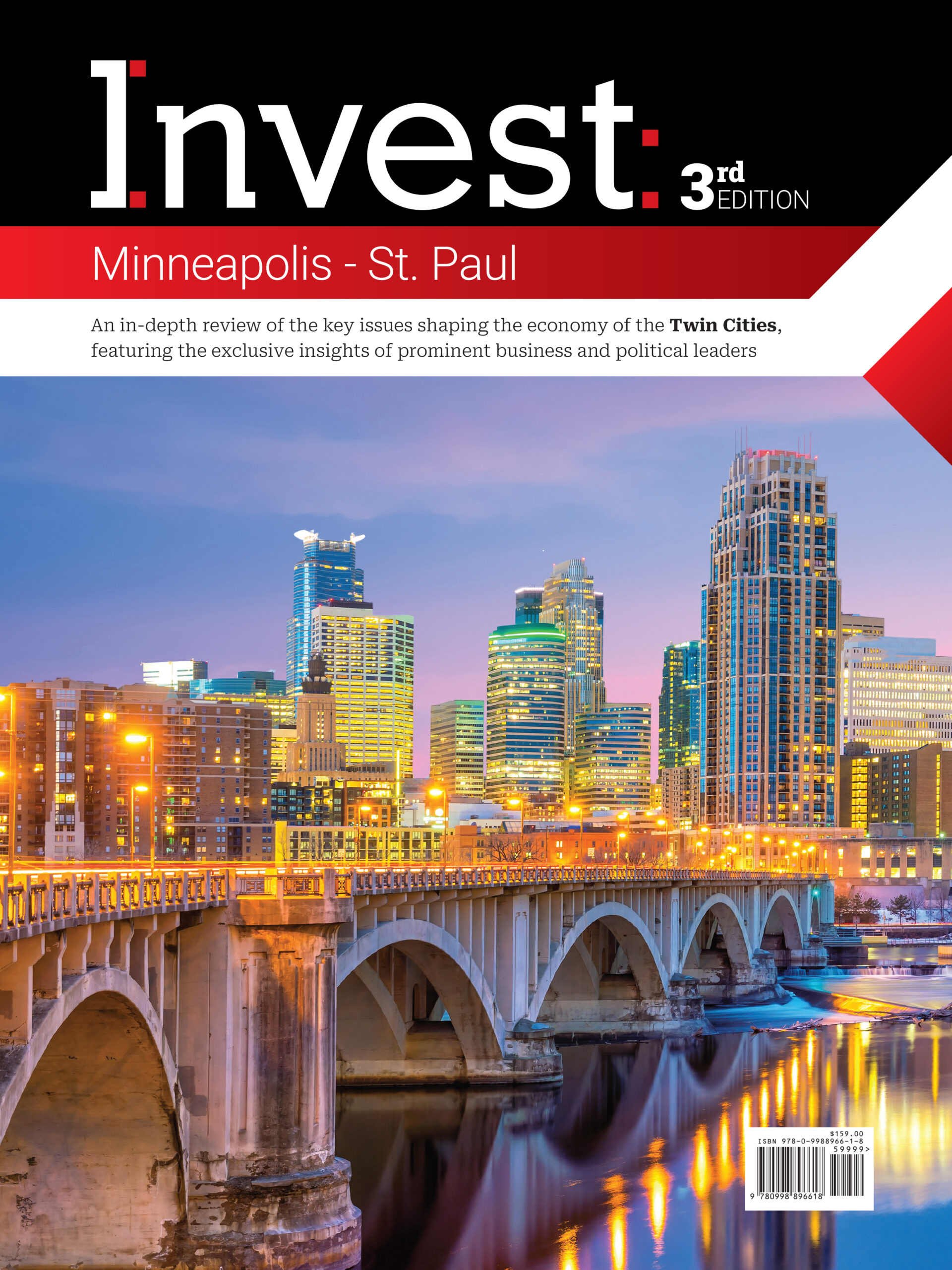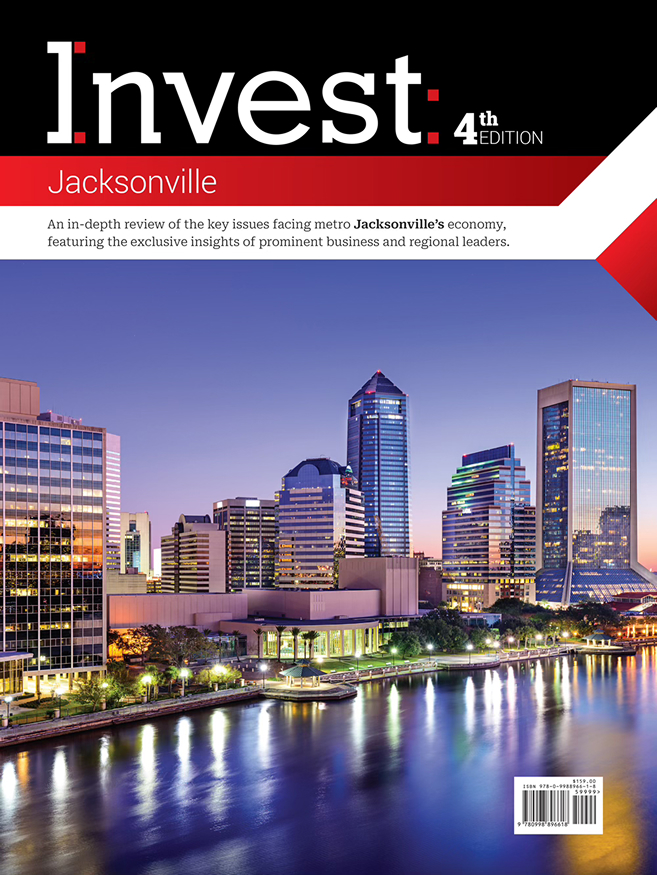Rick Ferretti, Founder & CEO, Ferretti Search
In an interview with Invest:, Rick Ferretti, founder and CEO of Ferretti Search, discussed recent milestones, including a rebranding and new office openings, the evolving recruitment landscape, the role of technology, and the firm’s priorities in training and development.
Over the past year, what have been the most significant milestones and achievements for Ferretti Search?
We’ve achieved several significant milestones in the past 12 months. We launched our new website, migrated to an upgraded applicant tracking system, and enhanced three other software platforms to support our team’s endeavors to keep up with market trends and deliver the best recruiting support in the market. The most significant milestone, however, is the rebranding of our organization to Ferretti Search. This change was driven by our brick-and-mortar office expansion in Greenville, SC, and Columbus, OH. Our company was fortunate to have two strong industry leaders already in these markets with an exceptional client base to support this growth decision. It was a long-term plan that came to fruition thanks to many talented people at Ferretti Search and I am incredibly proud to have teams in our two new offices.
How would you describe the state of the executive search and staffing industry?
There are a few key points to note in our industry. According to a recent article from SHRM, economists were forecasting about 200,000 jobs for March, but over 300,000 jobs were actually created by U.S. employers. However, technically, if you exclude retail from the U.S. economy, we are in a recession. Still, certain sectors like hospitality, government, healthcare, and construction are hiring and experiencing growth.
Locally, our primary focus has been on manufacturing, commercial real estate, and technology, which have shown the largest growth. These sectors are where we spend most of our time and effort on executive search, reflecting strong demand and opportunities despite broader economic challenges. We are slowly seeing some of our most active, large privately owned clients come back to the market with urgent hiring needs at a large scale, which always give me optimism for growth on the horizon.
How do you view and manage the evolving relationships between clients and candidates?
I envision our relationships with clients as more of a circular dynamic. Everyone we talk to could be a client today and a candidate years down the road. For example, we had a client we supported for eight years who faced layoffs in 2023. We worked tirelessly to find her a new opportunity, effectively transitioning her from a client to a candidate. This fluidity means that any interaction can lead to future opportunities, whether as a client, candidate, or referral source. We never discount any conversation, as it might open doors for introductions or partnerships down the line.
How do you ensure a perfect match between candidates and clients?
There are two distinct approaches to the match making process in recruiting. Companies typically take a reactive, passive approach by posting a position on a job board and having applicants respond. Many applicants adjust their resumes to fit the job description, or apply for jobs they won’t necessarily find long term happiness in, even if they aren’t a perfect match, because they need employment.
On the other hand, our professional team at Ferretti Search takes a proactive approach. We interview and identify candidates long before our clients have hiring needs. We learn about the candidates’ career goals, compensation expectations, and strengths. When a client has a hiring need, we present only those candidates who have already indicated they are a good fit for that specific opportunity. This approach avoids the issue of sifting through thousands of applications, most of which may not be suitable. Instead, we headhunt the best talent, who often aren’t actively searching on job boards like LinkedIn, ZipRecruiter, or Indeed.
What trends are you seeing in the availability of remote and hybrid work opportunities post-pandemic?
There was a significant spike in remote and hybrid opportunities during the pandemic, but this has leveled off. Currently, less than 5% of opportunities are 100% remote, and less than 25% offer some form of hybrid flexibility. According to an article by SHRM from six months ago, remote opportunities dropped from 18% to 13% between 2020 and 2023. We’re observing a similar trend among our clients, with fewer remote and hybrid roles available. This shift back to pre-pandemic norms presents challenges in finding candidates who expect or prefer remote or hybrid work options. It requires more flexibility and understanding from candidates as the market transitions. Similarly, when fully remote opportunities do become available, we see a flood of both under and over qualified candidates, because they are in such high demand with certain candidates.
How do you incorporate diversity, equity, and inclusion in your recruitment processes and internal practices?
We partner with our clients by providing metrics and data on our searches that present a diverse and inclusive search process. This data is valuable for clients, especially when they need to report to shareholders. We offer this service at no additional charge as part of our standard search efforts. By the end of a search, we provide comprehensive data, which clients often share with their CEO and C-suite executives. This helps them understand hiring needs and trends, promoting diversity, equity, and inclusion within their organizations.
How is technology being integrated into your recruitment process while maintaining the importance of personal interactions?
We’re using nine different technology platforms, two of which incorporate AI tools. These newer platforms enhance our recruitment process, but I always encourage our employees to use AI as an additional tool rather than a replacement for personal interactions. AI won’t replace the connections our recruiters and salespeople make with professionals daily. We use AI carefully and intentionally, recognizing its limitations.
I’ve been in the recruiting industry for nearly 15 years, witnessing many changes, including the shift from traditional outbound phone calls to various modern communication methods. Despite these changes, the human element remains irreplaceable. Connecting with individuals on a personal level is crucial and won’t be entirely replaced by AI.
How do you ensure a local presence in your recruitment process, and what impact does this have?
We provide local recruiters in the markets we serve. Currently, we’re recruiting in 17 states and have a physical presence in seven cities. Capturing data on our existing client base shows that having a local recruiter significantly increases our success rate. This trend suggests that expanding into new markets while maintaining a physical presence is beneficial. A local recruiter understands the market on a more intimate level, which is invaluable for building strong, trusting relationships and achieving successful placements. This belief was a huge driver in us growing our teams in South Carolina and Ohio. We have seen many competitors in the market resort to utilizing offshoring services which we did not find beneficial in our long term partnerships. Being local, or having the ability to visit clients and candidates in person will always be our preferred method of engaging with our clients and candidates.
What are your top priorities and goals for the firm over the next couple of years?
Our primary goal is to continue providing extensive training and on-going development for our professional team. We usually hire seasoned veteran recruiters with a minimum of eight years of experience, but we’ve recently started hiring newer recruiters as well. Our capture rate, or the rate at which we fill positions for our clients, is significantly higher than the industry average — 52% compared to the national average of 20%.
This success is largely due to our experienced team, and the ongoing training and development we offer. Many companies overlook the importance of continuous training, but we believe that one week of introductory training isn’t sufficient. Leaders and experienced professionals on our team actively work on the floor and closely shadow the team, ensuring they have the tools and support needed to succeed and provide a high level of service to our clients and candidates. This approach helps us grow and maintain a high level of success in the market.













